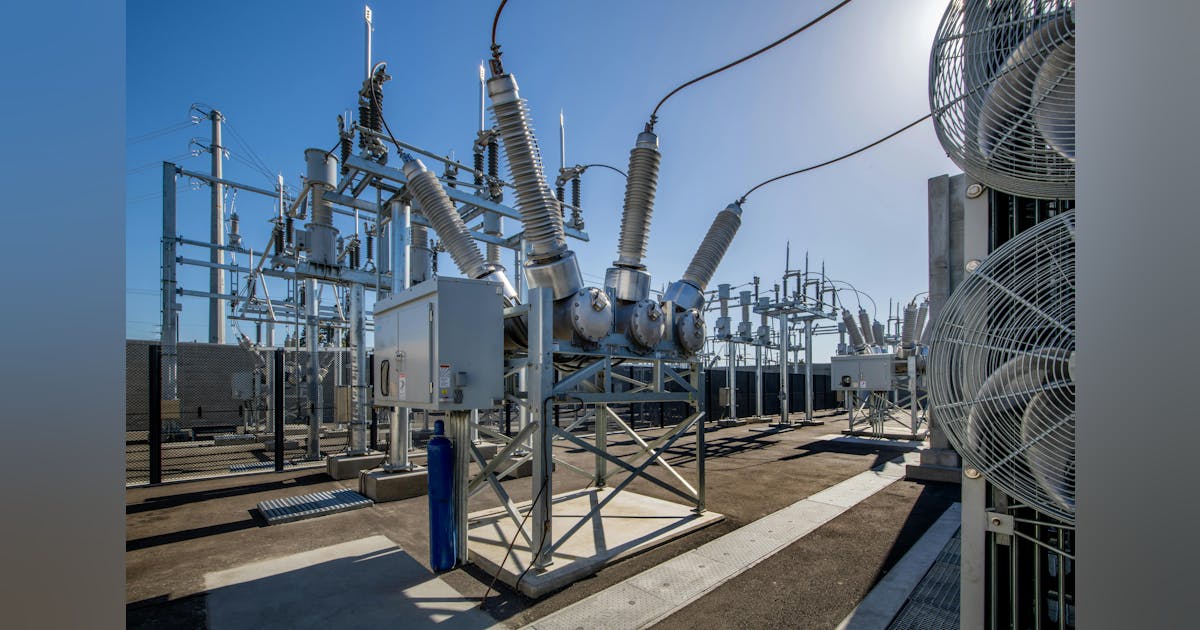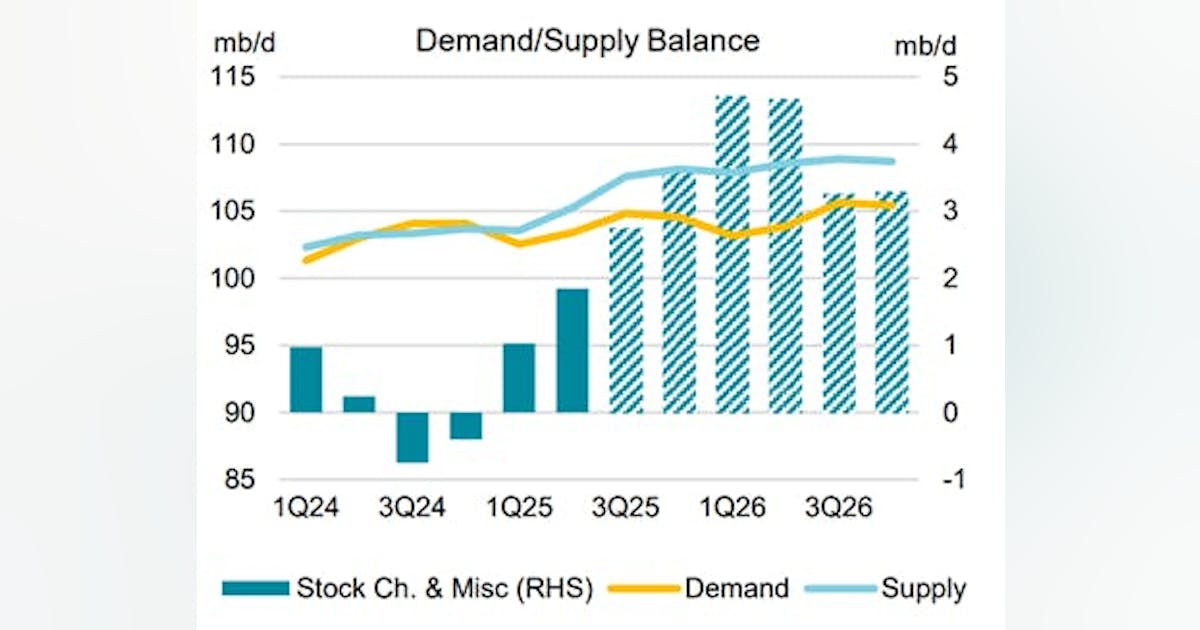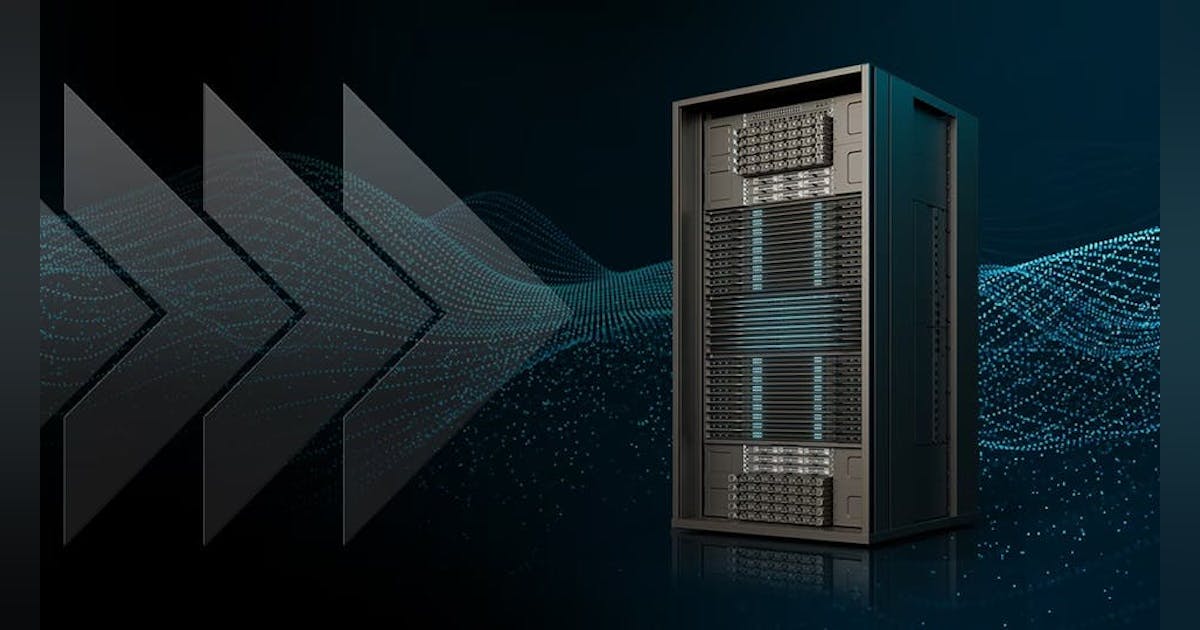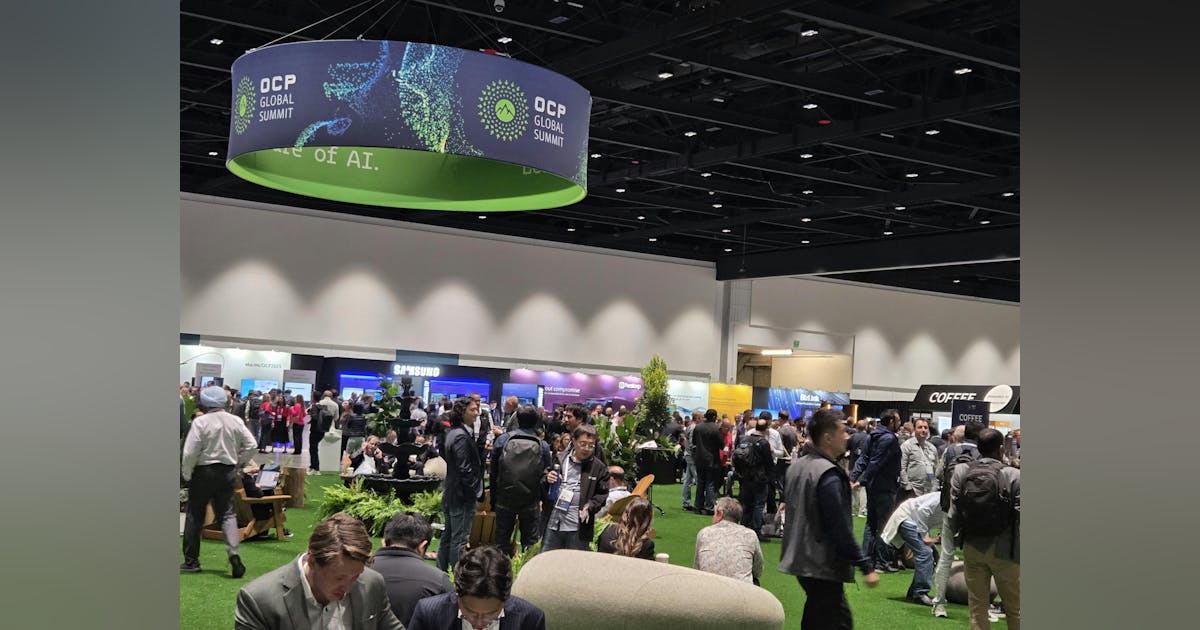
In a new report spanning 2022 through 2024, the Union of Concerned Scientists (UCS) identifies a significant regulatory gap in the PJM Interconnection’s planning and rate-making process—one that allows most high-voltage (“transmission-level”) interconnection costs for large, especially AI-scale, data centers to be socialized across all utility customers. The result, UCS argues, is a multi-billion-dollar pass-through that is poised to grow as more data center projects move forward, because these assets are routinely classified as ordinary transmission infrastructure rather than customer-specific hookups.
According to the report, between 2022 and 2024, utilities initiated more than 150 local transmission projects across seven PJM states specifically to serve data center connections. In 2024 alone, 130 projects were approved with total costs of approximately $4.36 billion. Virginia accounted for nearly half that total—just under $2 billion—followed by Ohio ($1.3 billion) and Pennsylvania ($492 million) in data-center-related interconnection spending.
Yet only six of those 130 projects, about 5 percent, were reported as directly paid for by the requesting customer. The remaining 95 percent, representing more than $4 billion in 2024 connection costs, were rolled into general transmission charges and ultimately recovered from all retail ratepayers.
How Does This Happen?
When data center project costs are discussed, the focus is usually on the price of the power consumed, or megawatts multiplied by rate. What the UCS report isolates, however, is something different: the cost of physically delivering that power: the substations, transmission lines, and related infrastructure needed to connect hyperscale facilities to the grid.
So why aren’t these substantial consumer-borne costs more visible? The report identifies several structural reasons for what effectively functions as a regulatory loophole in how development expenses are reported and allocated:
Jurisdictional split. High-voltage facilities fall under the Federal Energy Regulatory Commission (FERC), while retail electricity rates are governed by state public utility commissions (PUCs). When utilities classify customer-specific transmission assets, i.e. new lines or substations built for one data center, as “local transmission” and submit them through PJM’s planning process, those costs enter FERC-supervised transmission revenue requirements. From there, they filter into state retail rates with little transparency around which customers actually caused the cost.
PJM TEAC pathway. At PJM’s Transmission Expansion Advisory Committee (TEAC), utilities present site-specific projects complete with substation names, segment lengths, and “year-of-need” details. These sessions are informational only; PJM does not need to formally approve a project before it joins the annual Regional Transmission Expansion Plan (RTEP) and becomes part of recoverable rate base. This process allows large, single-customer interconnections to blend into regional reliability projects, masking their private-use origins.
The rules enabling this framework predate the rise of ultra-large industrial loads like modern AI data centers. Traditional cost-allocation assumed transmission development served collective reliability and market access, not individual retail-level loads exceeding 100 MW. Today’s hyperscale expansion blurs the long-standing boundary between distribution extensions (typically customer-paid) and transmission assets (typically socialized). Existing reporting conventions simply lack a mechanism to distinguish the two, leaving a growing category of high-voltage, customer-driven projects effectively hidden within regional transmission costs.
How UCS Focused on This Issue
To quantify how transmission-level interconnection costs were being socialized, the Union of Concerned Scientists (UCS) examined three potential “paper trails” that could reveal customer-specific cost recovery within PJM and state filings:
-
Prepayments or contributions recorded in TEAC/RTEP documentation or FERC Account 107 (Construction Work in Progress).
-
Customer-class identifiers within RTEP or Formula Rate reports that could tag projects to the originating customer.
-
Distinct transmission-cost categories within state regulatory filings that might separate customer-driven from regionally planned upgrades.
The report found that these data points were largely absent or inconsistently reported, allowing the pass-through of billions in customer-specific costs to proceed without clear attribution.
To close this loophole, UCS proposes targeted reforms at both the federal and state levels:
-
FERC: Require that transmission assets built for single customers be directly funded by those customers, consistent with how generator interconnection upgrades are treated.
-
FERC and State PUCs: Mandate that utilities track and tag transmission costs by individual customer throughout the rate-setting process.
-
FERC: Establish a dedicated customer class within Formula Rates for entities with direct transmission interconnections.
-
State PUCs: Recognize these projects as a distinct cost line in retail cost-of-service studies—or create a “very-large-load” customer class—so that expenses can be assigned to the actual cost causer rather than socialized across all ratepayers.
How Will This Impact Stakeholders?
For consumer advocates and regulators, the UCS brief outlines a clear, documentable pathway showing how project-specific transmission expenses move from local planning to RTEP inclusion to Formula Rates and, finally, to retail bills. It offers pragmatic tools—such as cost tagging, customer-class creation, and direct assignment—that could be implemented without altering PJM’s regional planning framework. The reforms largely involve reporting and allocation fixes within FERC and state PUC processes.
For utilities, reclassifying large, customer-driven assets outside the general transmission pool could slow rate-base growth on these projects but reduce legal exposure and public criticism over perceived subsidies to hyperscale operators. As seen in recent state-level legislation, utilities should anticipate more prepayment or Contribution in Aid of Construction (CIAC) agreements, along with custom tariff structures for interconnections exceeding 100 MW.
For data center developers and hyperscalers, the likely outcome is a need to internalize more high-voltage line and substation costs, or to negotiate shared-cost frameworks via special contracts. Developers can expect tighter creditworthiness standards, 10–15-year minimum commitments, and heightened scrutiny of site selection—including proximity to existing high-voltage nodes, available substation headroom, and right-of-way risks. Many of these trends are already surfacing across the industry, though not always tied directly to the interconnection-cost debate.
For PJM’s market planning, clearer attribution of connection costs would help differentiate customer-driven upgrades from regional reliability projects, improving transparency in the Regional Transmission Expansion Plan (RTEP) and giving regulators a sharper view of what’s being built for the public benefit versus private access.
The UCS highlights several early indicators to watch as regulators and market participants respond to these findings:
-
TEAC and RTEP documentation showing explicit “customer-paid” flags or FERC Account-107 treatment.
-
State PUC rate cases that propose new “very-large-load” classes or introduce CIAC mechanisms for transmission-level hookups.
-
Utility special contracts (often with 10–15-year revenue assurances) and whether they continue to socialize capital expenditures, still a common practice, according to UCS.
Ultimately, the UCS report presents a well-documented case that most PJM-region, data-center-driven transmission hookups are being socialized under legacy planning and rate rules. Its proposed reforms would ensure costs follow causes without disrupting development. For hyperscale builders, that likely means higher upfront capital or bespoke tariffs; for regulators and consumers, greater transparency and fairer allocation across the grid.






















